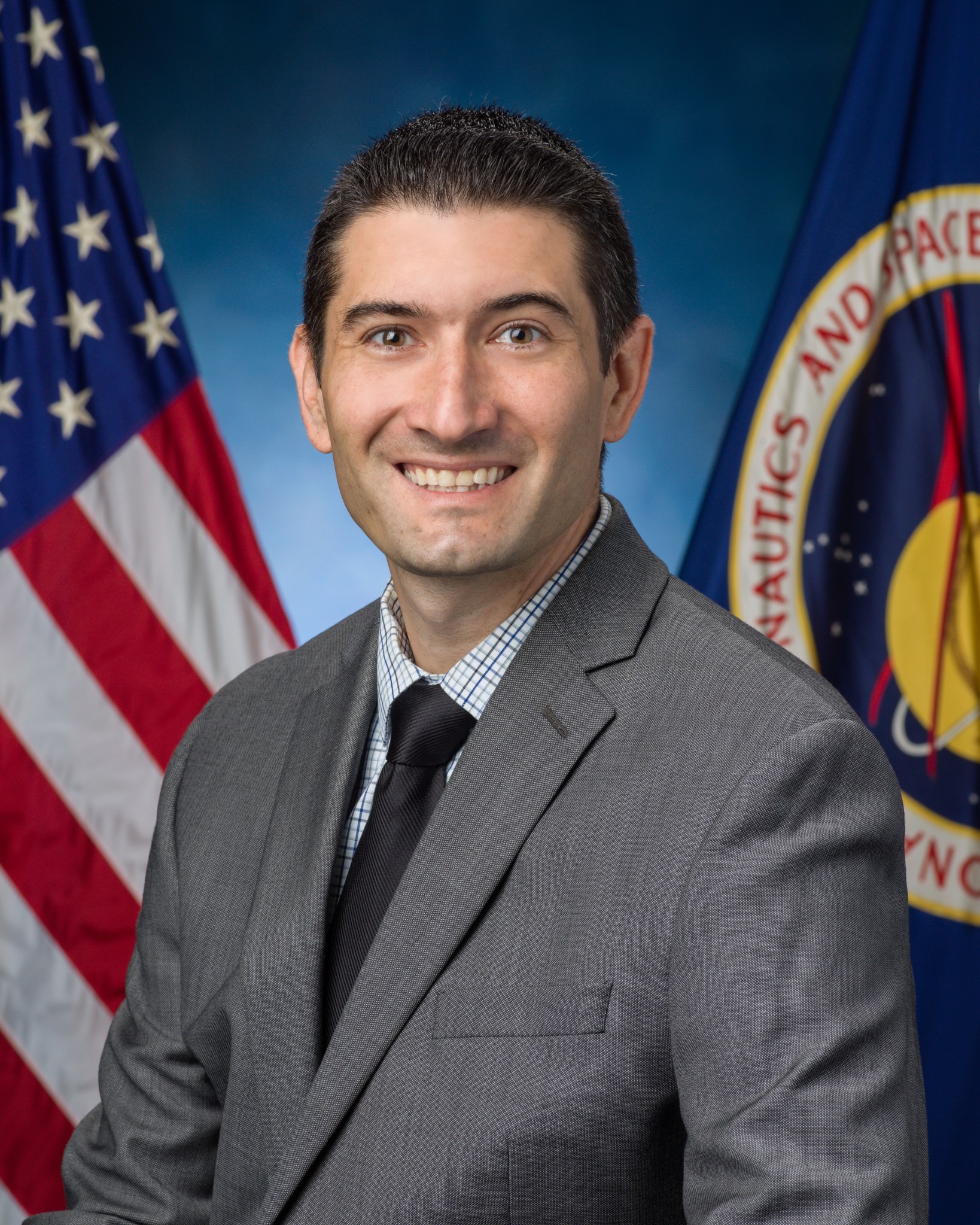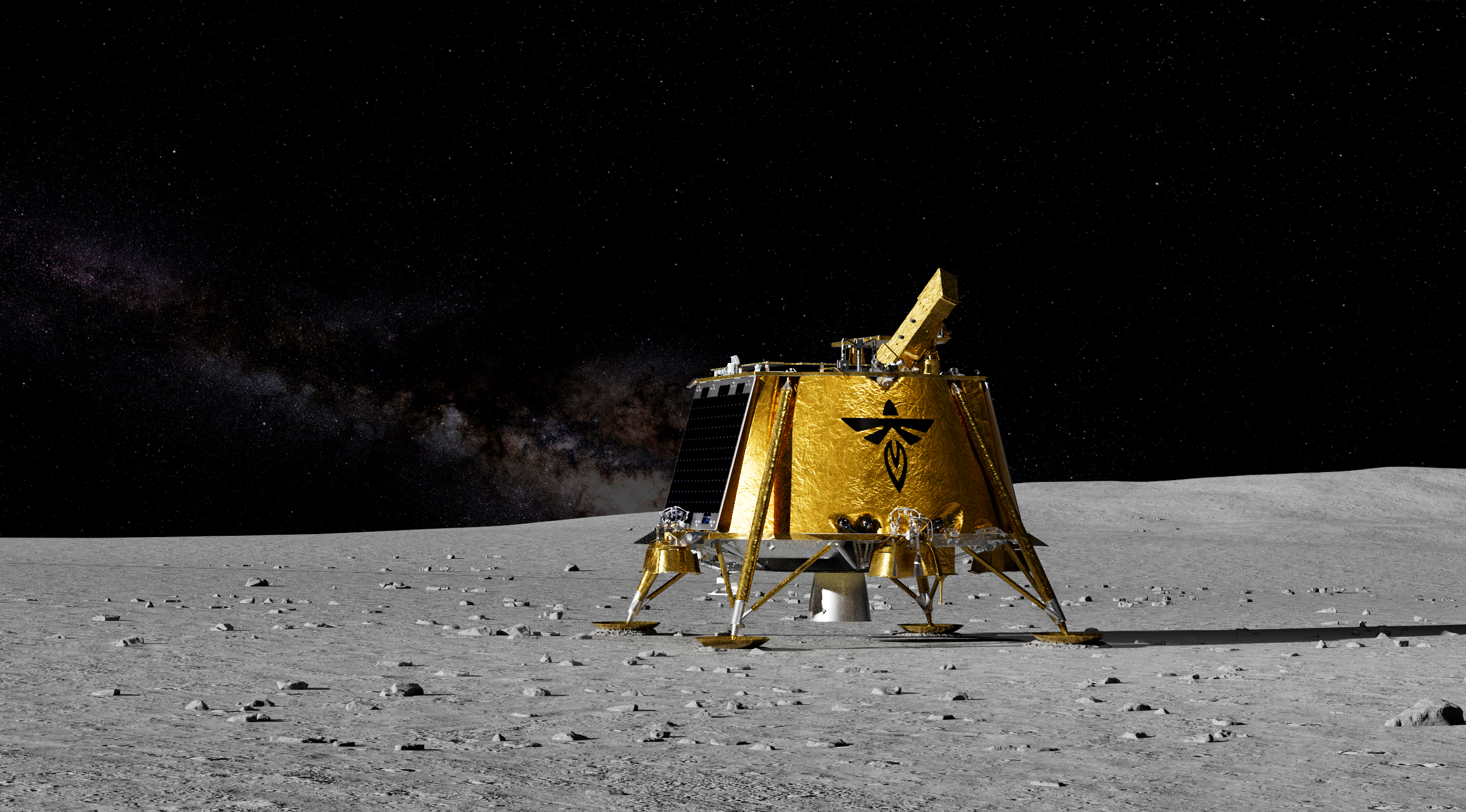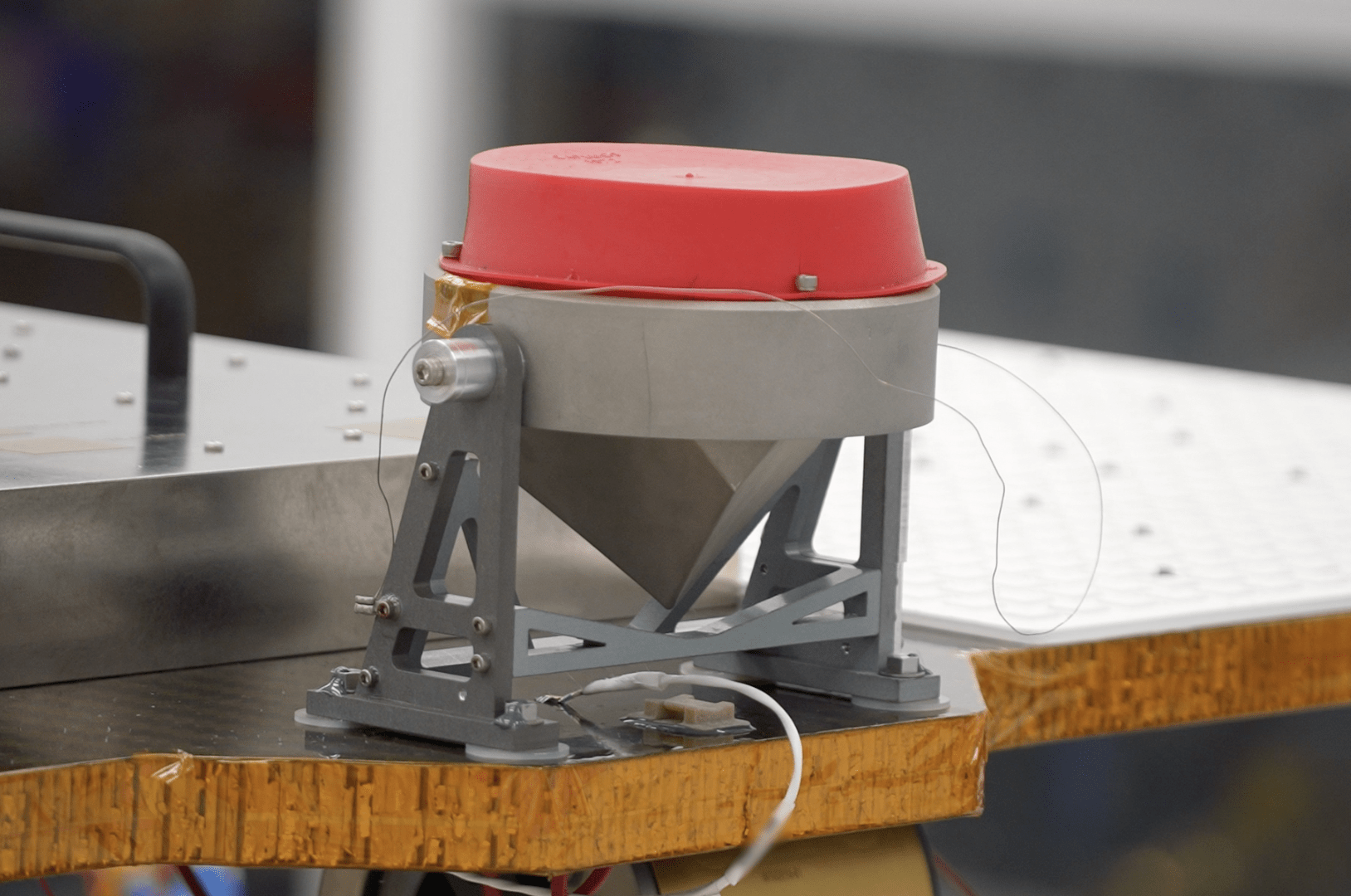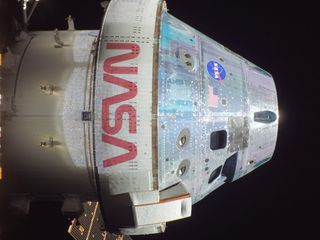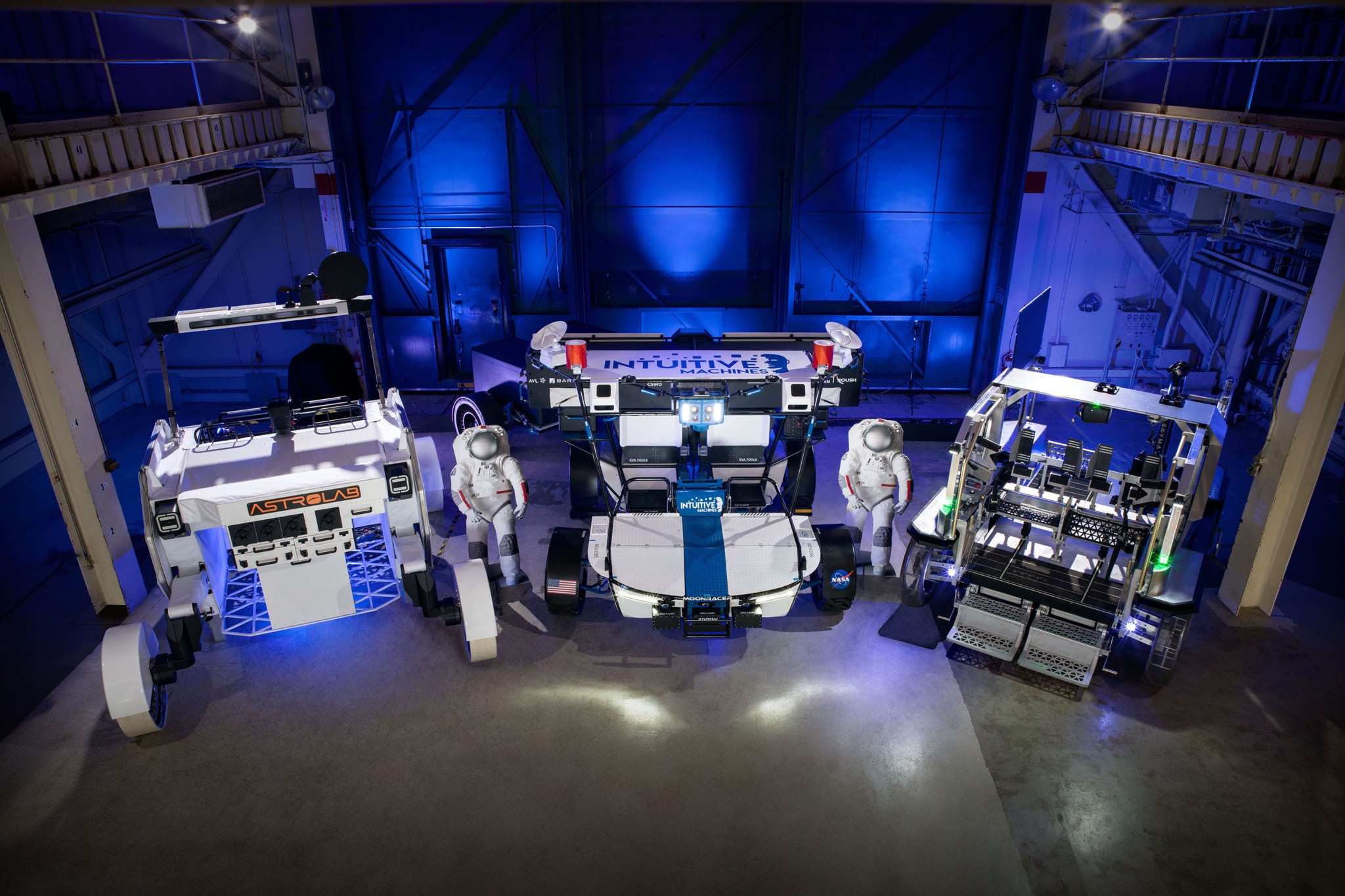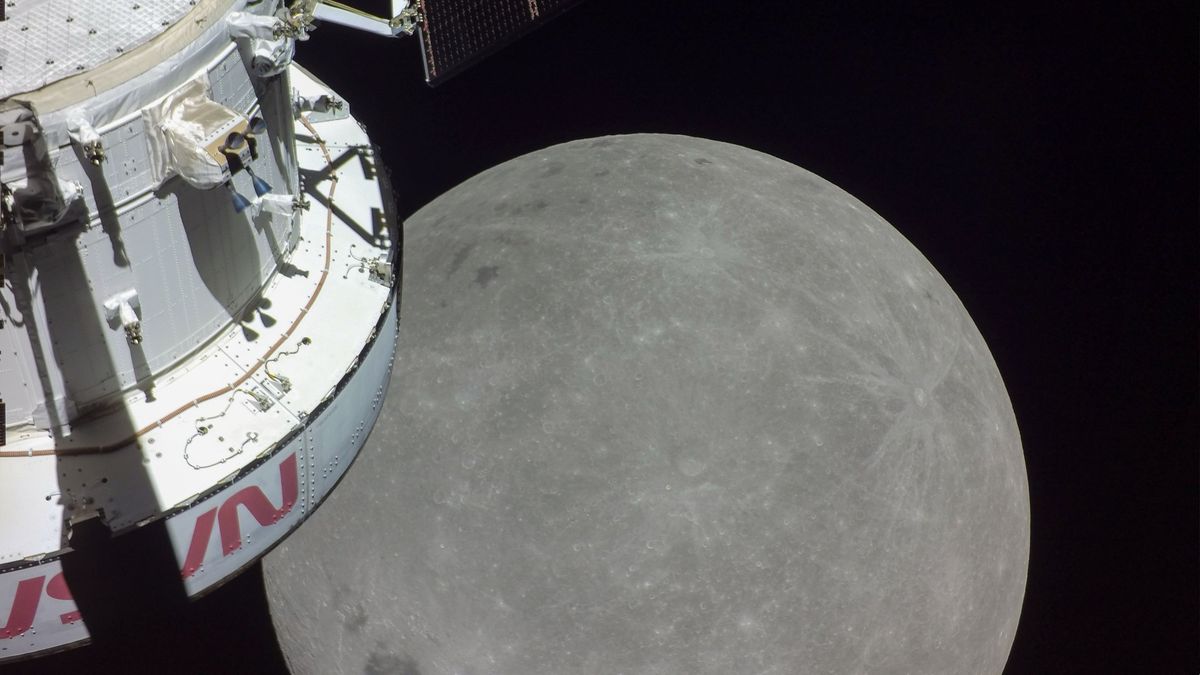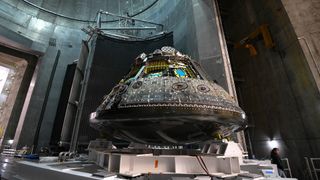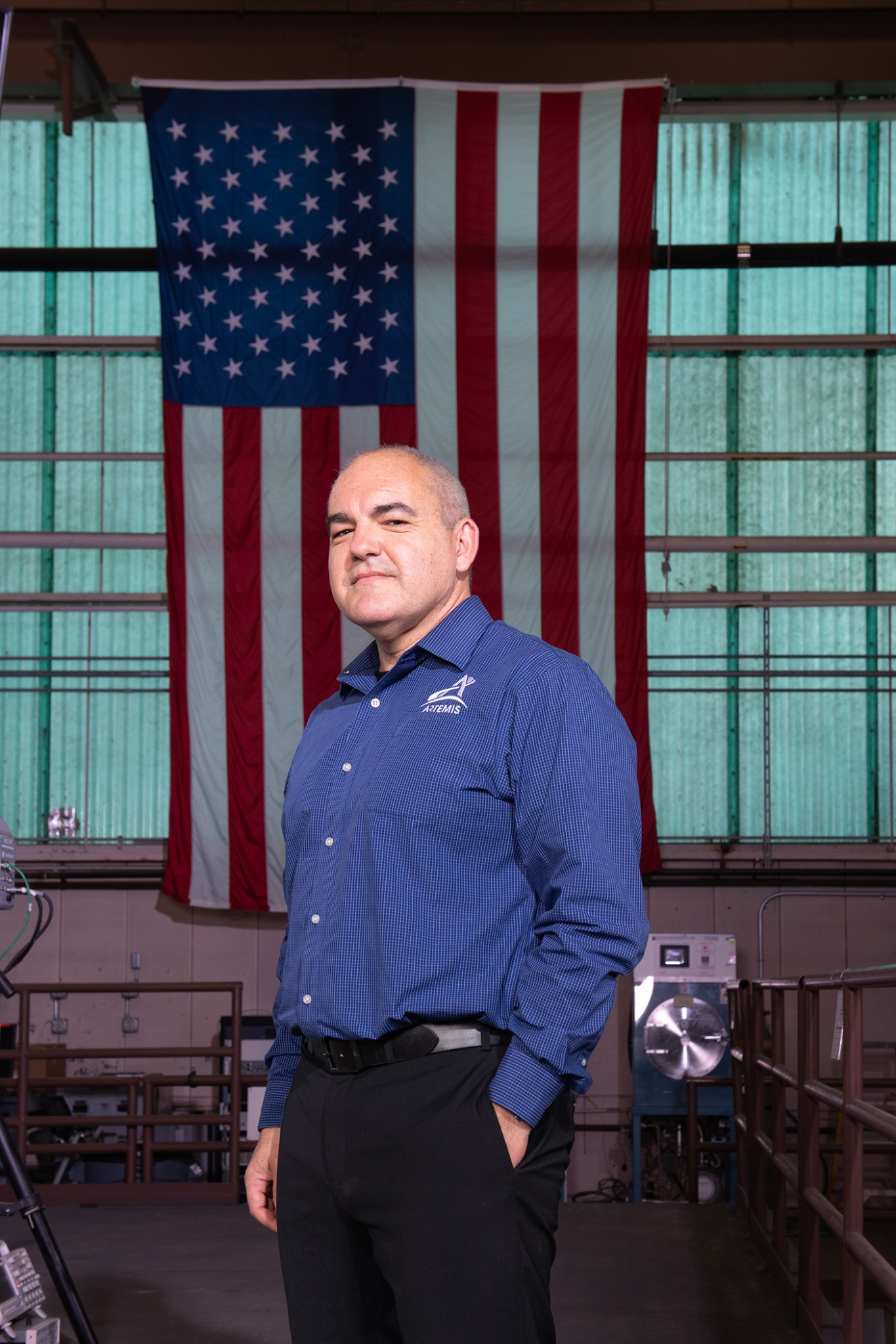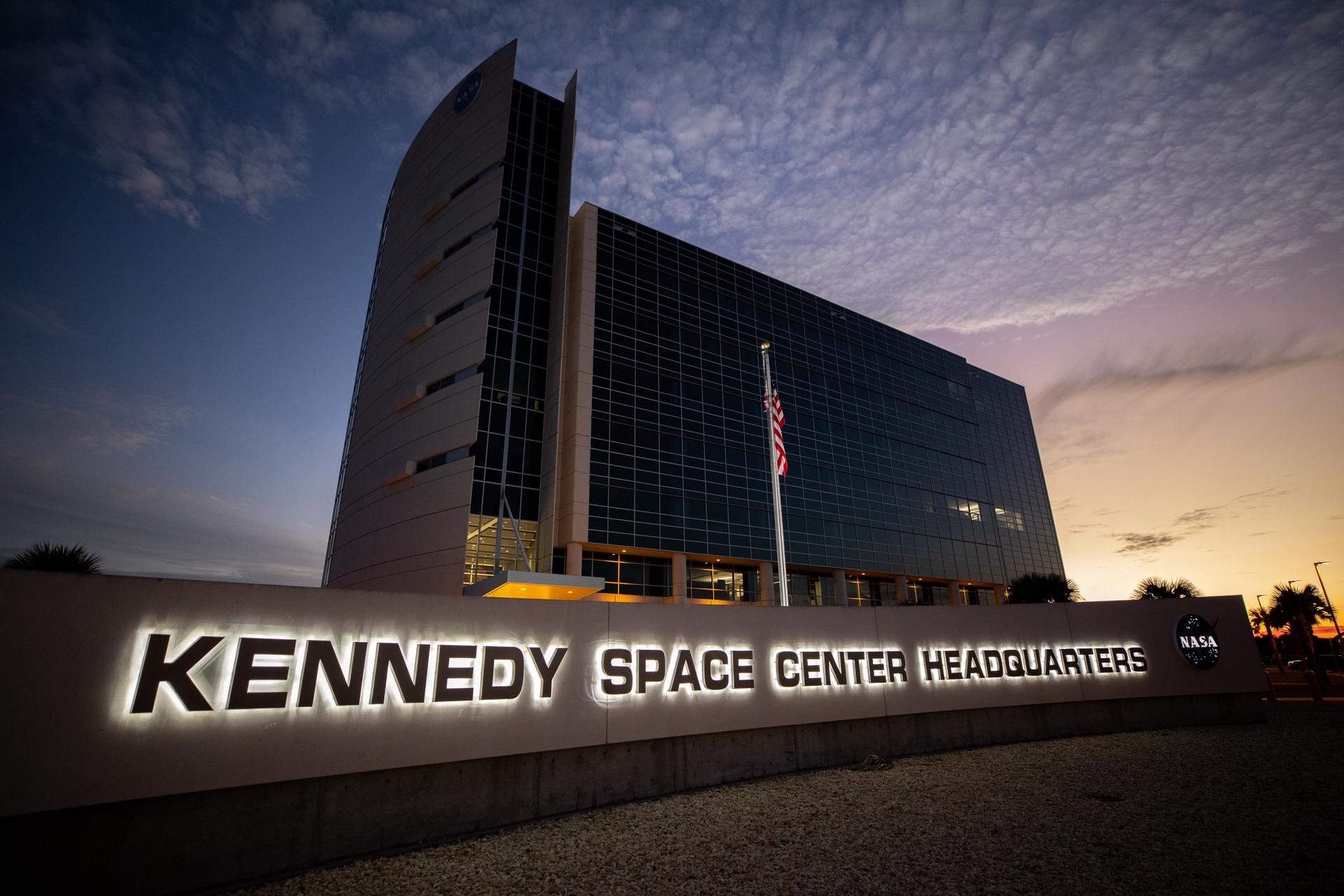Official portrait of Adam Schlesinger. NASA/Bill Stafford NASA has selected Adam Schlesinger as manager for CLPS (Commercial Lunar Payload Services). Schlesinger previously served as the Gateway Program habitation and logistics outpost project lead engineer at Johnson Space Center. “I am honored and tremendously excited to take on this new role as NASA continues to enable a growing lunar economy while leveraging the entrepreneurial innovation of the commercial space industry,” Schlesinger said. Schlesinger brings more than 20 years’ experience to NASA human space flight programs. Prior to supporting Gateway, Mr. Schlesinger managed…
Read MoreTag: Artemis
NASA’s LEXI Will Provide X-Ray Vision of Earth’s Magnetosphere
5 min read NASA’s LEXI Will Provide X-Ray Vision of Earth’s Magnetosphere A NASA X-ray imager is heading to the Moon as part of NASA’s Artemis campaign, where it will capture the first global images of the magnetic field that shields Earth from solar radiation. The Lunar Environment Heliospheric X-ray Imager, or LEXI, instrument is one of 10 payloads aboard the next lunar delivery through NASA’s CLPS (Commercial Lunar Payload Services) initiative, set to launch from the agency’s Kennedy Space Center in Florida no earlier than mid-January, with Firefly Aerospace’s Blue Ghost…
Read MoreNASA Anticipates Lunar Findings From Next-Generation Retroreflector
3 min read Preparations for Next Moonwalk Simulations Underway (and Underwater) Next Generation Lunar Retroreflector, or NGLR-1, is one of 10 payloads set to fly aboard the next delivery for NASA’s CLPS (Commercial Lunar Payload Services) initiative in 2025. NGLR-1, outfitted with a retroreflector, will be delivered to the lunar surface to reflect very short laser pulses from Earth-based lunar laser ranging observatories. Photo courtesy Firefly Aerospace Apollo astronauts set up mirror arrays, or “retroreflectors,” on the Moon to accurately reflect laser light beamed at them from Earth with minimal…
Read MoreNASA’s Orion crew capsule had heat shield issues during Artemis 1 − an aerospace expert weighs in (op-ed)
This article was originally published at The Conversation. The publication contributed the article to Space.com’s Expert Voices: Op-Ed & Insights. Marcos Fernandexz Tous is a professor of aerospace technology at the University of North Dakota. Off the coast of Baja California in December 2022, sun sparkled over the rippling sea as waves sloshed around the USS Portland dock ship. Navy officials on the deck scrutinized the sky in search of a sign. The glow appeared suddenly. A tiny spot at first, it gradually grew to a round circle falling at…
Read MoreCommercial Moon Rovers Under Test
Through NASA’s Artemis campaign, astronauts will land on the lunar surface and use a new generation of spacesuits and rovers as they live, work, and conduct science in the Moon’s South Pole region, exploring more of the lunar surface than ever before. Recently, the agency completed the first round of testing on three commercially owned and developed LTVs (Lunar Terrain Vehicle) from Intuitive Machines, Lunar Outpost, and Venturi Astrolab at NASA’s Johnson Space Center in Houston. NASA/Bill Stafford Venturi Astrolab’s FLEX, Intuitive Machines’ Moon RACER, and Lunar Outpost’s Eagle lunar…
Read MoreNASA delays Artemis missions again. What could this mean for the moon, Mars and space leadership?
NASA’s first two crewed Artemis moon missions have been pushed back to 2026 and 2027, respectively, and the move could have big ramifications for the agency’s Artemis program and competition with China for leadership in space. Artemis 2, which will send a crew of three Americans and a Canadian astronaut around the moon, was due to launch in September 2025. The mission has now been moved back to April 2026, NASA announced on Dec. 5. Artemis 3 — which is set to put humans on the surface of our nearest…
Read MoreWatch NASA’s Artemis Orion moon spacecraft blow its top during testing (video)
An uncrewed Orion spacecraft successfully traveled thousands of miles beyond the moon and back, demonstrating its ability to one day transport astronauts to lunar orbit — but there are a few more tests the spacecraft has to ace before setting out on that cosmic feat. The Artemis 1 mission that launched on Nov. 16, 2022 saw NASA’s Orion spacecraft fly 1.4 million miles around the moon and back — the farthest a spacecraft built for humans has ever gone — and then execute a planned splash down in the Pacific…
Read MoreNASA Names Carlos Garcia-Galan as Gateway Program Deputy Manager
Official portrait of Carlos Garcia-Galan, deputy manager for the Gateway Program. NASA/Bridget Caswell NASA has selected Carlos Garcia-Galan as deputy manager for the Gateway Program. Garcia-Galan previously served as manager of the Orion Program’s European Service Module Integration Office at Glenn Research Center. “I am tremendously excited to take on this new role and help lead development of humanity’s first outpost in deep space,” Garcia-Galan said. “I’m honored to join a top-class Gateway team around the world, as the first elements of the complex move toward completion.” Garcia-Galan brings more…
Read MoreNASA’s Kennedy Space Center Looks to Thrive in 2025
Photographers at NASA capture the sunset on Tuesday, Jan. 30, 2024, near the headquarters building of the agency’s Kennedy Space Center in Florida. NASA/Ben Smegelsky As NASA’s Kennedy Space Center in Florida wraps up a year that will see more than 90 government, commercial, and private missions launch from Florida’s Space Coast, a look to 2025 shows the missions, partnerships, projects, and programs at the agency’s main launch site will continue innovating, inspiring, and pushing the boundaries of exploration for the benefit of humanity. “The next year promises to be…
Read MoreNASA Outlines Latest Moon to Mars Plans in 2024 Architecture Update
An artist’s concept of the Earth, Moon, and Mars. Credit: NASA As NASA develops a blueprint for space exploration throughout the solar system for the benefit of humanity, the agency released several new documents Friday updating its Moon to Mars architecture. The roadmap sets NASA on course for long-term lunar exploration under the Artemis campaign in preparation for future crewed missions to Mars. Following an Architecture Concept Review, the 2024 updates include a revision of NASA’s Architecture Definition Document which details technical approaches and processes of the agency’s exploration…
Read More